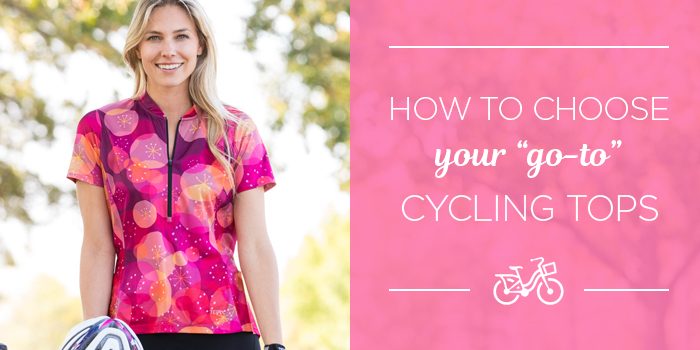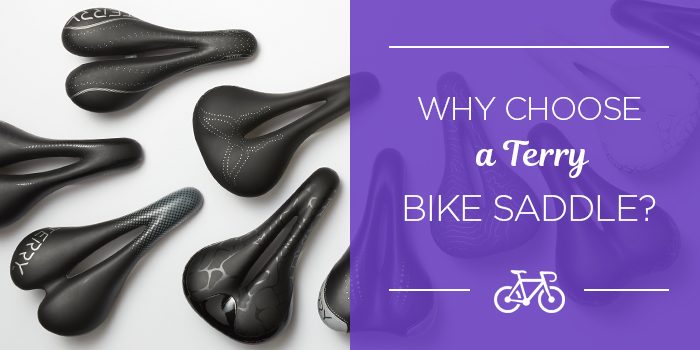A recent posting on FaceBook reminded me yet again of what a poor job our industry does of educating the consumer. My small effort to right this wrong is this eLetter, which I hope will clear up the continuing miasma surrounding yet again…wheel sizes!
Here’s the gist of the post:
“I have a 650 Brand X. I also have a 650 Brand Y. I now ride a 700 Brand Z. What a HUGE difference when I went from the 650 tire to the 700. I never realized how much more work you do on the 650. One revolution of the 700 tire goes 15 inches further than the 650. Over the course of 50 miles, that is a lot of ground to make up.”
Now, while I’m thrilled to hear this person is thoroughly enjoying her new ride and is a faster cyclist for it, I sincerely doubt the wheel size has anything to do with it.
For the record, the difference in circumference between a 650c and a 700c wheel is about 5.2 inches, not 15. But that’s not really the point. No matter what size your wheel is, it has to “push off” the road to in order to turn. And that push can be traced back to you, when you ”push off” on the pedals. Through the magic of gearing, the 650c rider won’t work any harder to make this push happen than the 700c rider.
Let’s dig a little deeper into the wheel issue. From this point on, I’m using information from the 2nd Edition of Bicycling Science, by Frank Rowland Whitt and David Gordon Wilson, Chapters 5 and 7.
Not to upset the math-phobic, but take a look at this equation, which calculates how much power a cyclist exerts on the pedals. I’ve highlighted all the instances of “m” in red. It stands for “mass”, or weight, loosely speaking. If we can make “m” smaller, then power will be smaller as well. In the general scheme of things, the weight of the wheels may only represent 1 or 2% of the total weight of rider and bike, but it still accounts for something. Lighter wheels: less power needed.
Have you ever heard the expression that saving a pound on the wheels is like saving two pounds on the frame? That’s because not only do you have to move the mass of the wheels down the road, they’re turning at the same time, so you also have to rotate their mass. A wheel with less mass is easier to work with on both counts. Again, it’s not much work, since the rotation of the wheels accounts for only about 3% of the total kinetic energy (think of that as mass in motion) of the bike, but it’s work nonetheless. Score another one for the 650c wheel.
So why all the hard feelings about the 650c wheel? Well, it does have a bit more rolling resistance than a larger wheel. The smaller the wheel, the more the tire deforms under load. And when it deforms, it creates more rolling resistance. For similar tire models, widths, materials and inflation pressures, you’d see your speed decline from about 12.5 mph to 12.3 mph with a 650c tire. For faster speeds, the decline is less because air resistance becomes much more of a hindrance than rolling resistance. Following through with this idea, a 50 mile ride would take you 4.2 minutes longer on 650c wheels.
So, there’s a tradeoff going on here — less mass, less power required; more rolling resistance, more power required. But then there’s another factor: your mind. If you think you’re fast and cool, you are! Attitude will trump wheel size any day of the week.
But the question has to be asked: why are so many manufacturers jumping ship on the 650c size? Because it’s a lot cheaper to build a bike line around one tire size than two or three. That’s another whole topic to be addressed in another Cycling Savvy eLetter.
Tailwinds!




I like it when it is displayed in a more prestige way myself
Nice article. Also need to consider if the original person was using the same brand tire on all wheels. I have found significant differences in manufacturers of the same size tire. In terms of faster or slower, I gauge things based on my power and what gearing I’m using. My road bike (700c) and my modified for commuting mtb (26″) both feel fast and my times are pretty consistent between home and work. I use different gearing combinations between the two to match my ideal cadence.